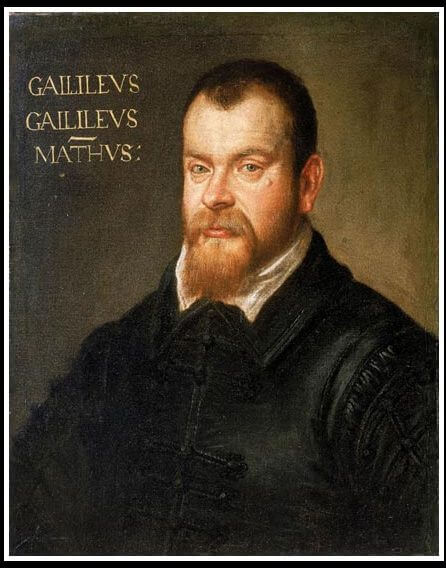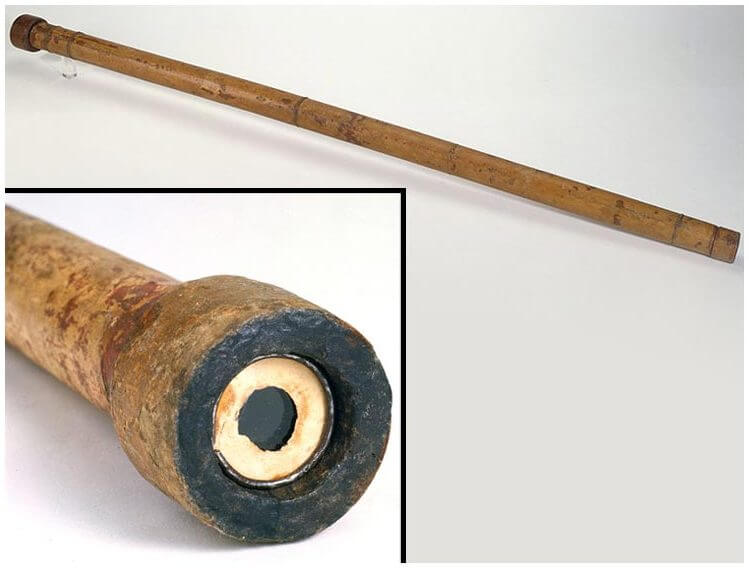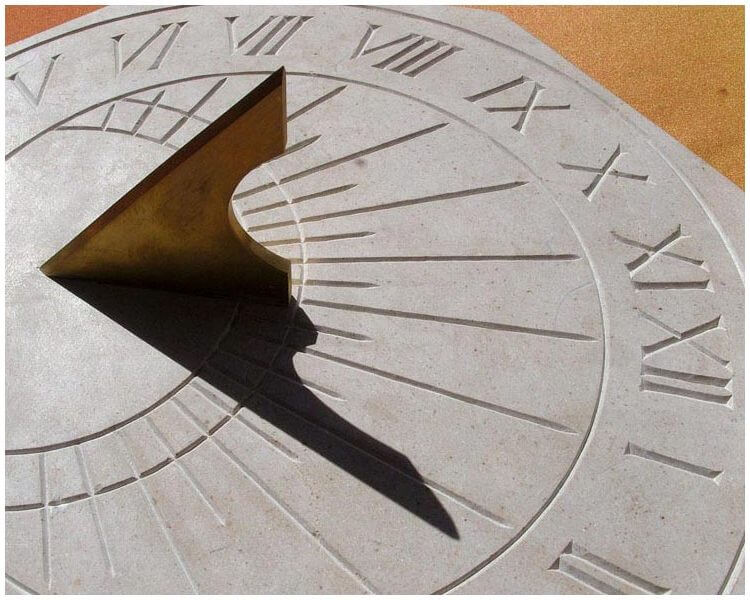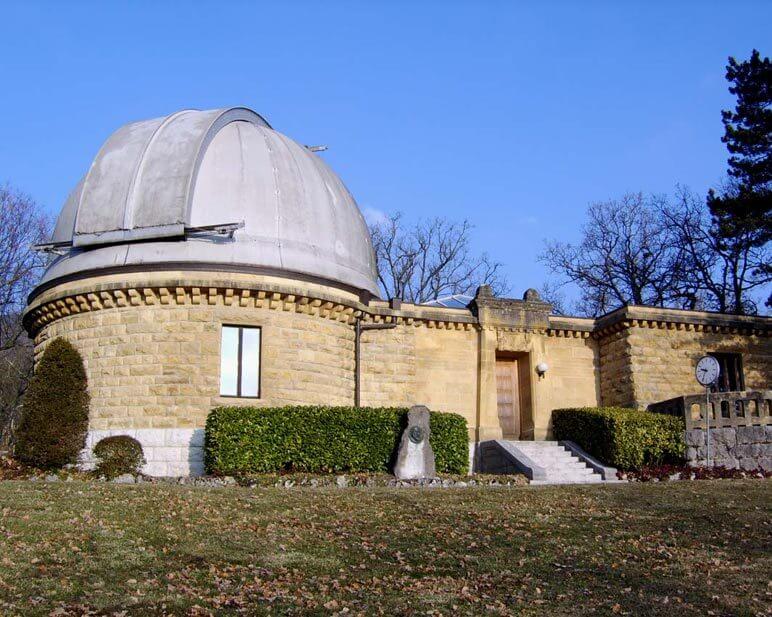Indeed, it was in 1609 that Galileo Galilei (1564-1642), who devised his own observational instruments, and Thomas Harriot (1560-1612), informed of Galileo’s research, used an astronomical telescope to make their first discoveries. That same year, Johannes Kepler (1571-1630) published his Astronomia nova in which he set out the first two of the three principles known today as Kepler’s laws. They are that the planets move in elliptical orbits with the sun at one focus, and that the speed of each planet changes at each moment such that the time between two positions is always proportional to the area swept out on the orbit between these positions.
These discoveries profoundly changed Man’s perception of the world. These scholars used astronomical telescopes to observe that there were mountainous regions on the Moon, as on Earth, that the Milky Way was composed of an unsuspected multitude of stars, and that Jupiter, like the Sun, had its own orbiting satellites. Since then, astronomy has become an instrumental science and astrophysicists have continued to build increasingly powerful and effective instruments.

















